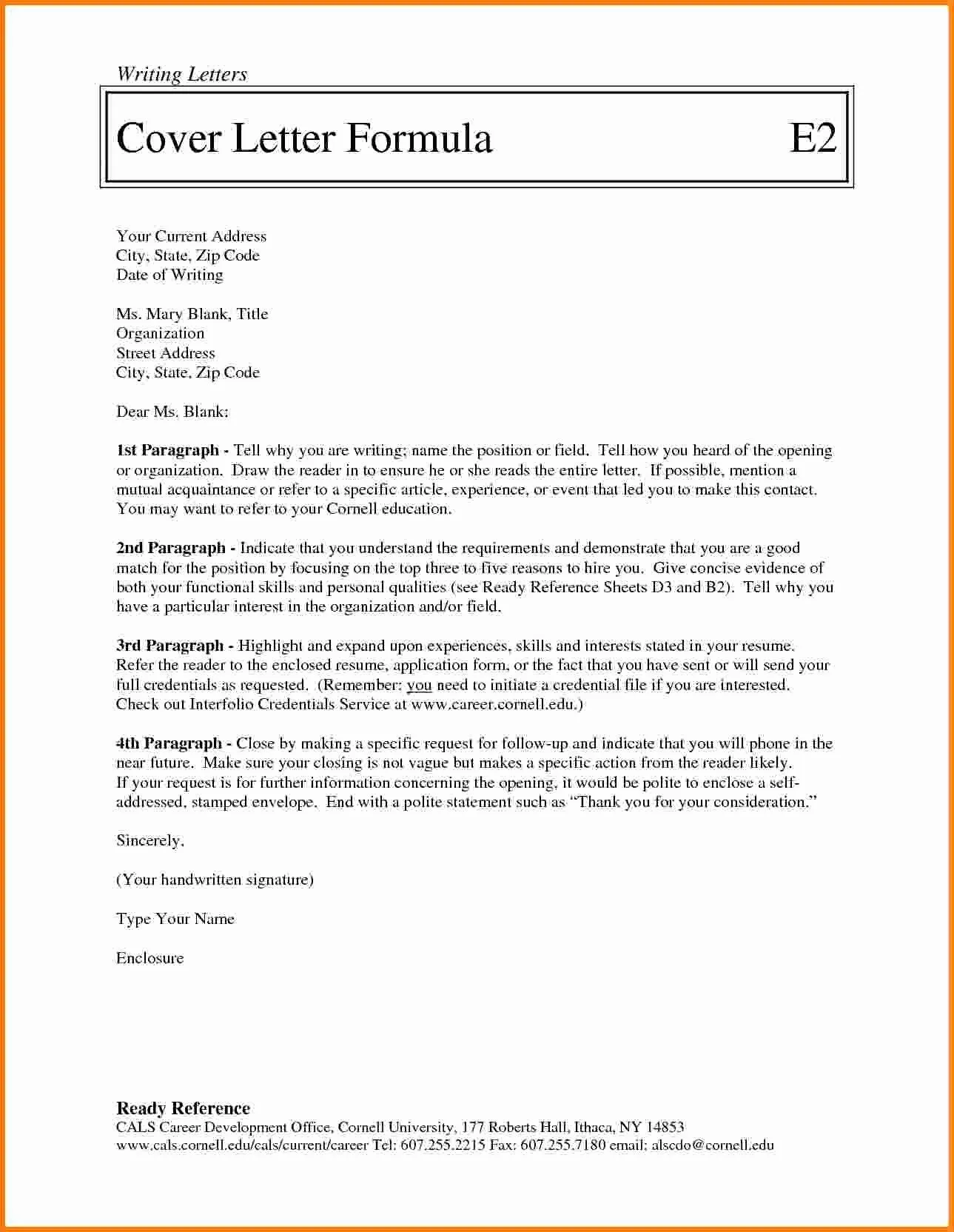What are Cover Letter Greetings?
Cover letter greetings, also known as salutations, are the initial words you use to address the recipient of your cover letter. They set the tone for your entire application and are the first impression you make beyond your resume. A well-crafted greeting demonstrates professionalism, attention to detail, and a genuine interest in the opportunity. It can also indicate that you’ve done your research and are not simply sending out a generic application. This small but crucial element can significantly influence how the hiring manager perceives you and your candidacy.
Why Greetings Matter in Cover Letters
Greetings play a pivotal role in cover letters because they establish a connection with the reader. They’re not just formalities; they’re an opportunity to show that you’ve taken the time to personalize your application. A tailored greeting suggests you are serious about the position and have researched the company and the hiring manager, if possible. Conversely, a generic greeting can make you appear less interested and less likely to stand out among other applicants. In a competitive job market, every detail matters, and the greeting is often the first point of evaluation.
The Impact of a Good Greeting
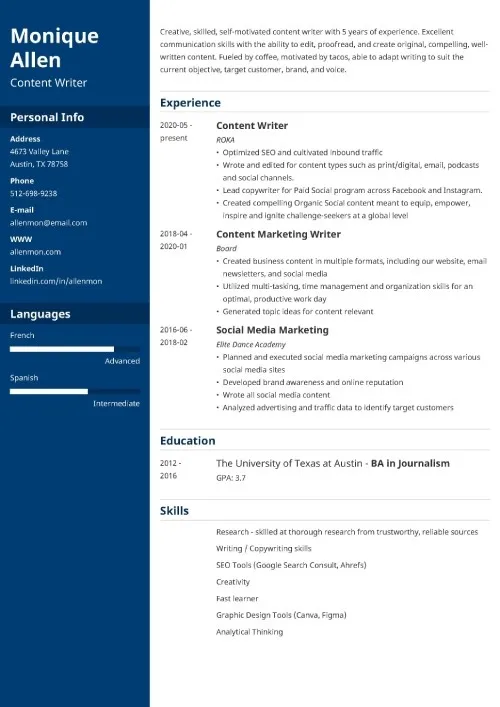
A well-executed greeting can immediately capture the hiring manager’s attention and make them more receptive to the rest of your letter. It conveys respect, professionalism, and a genuine interest in the company and the role. A strong greeting can also signal that you understand the importance of making a good impression, a critical skill in any professional environment. Consider it a handshake – it sets the stage for a positive interaction and demonstrates your commitment to building rapport. This initial positive impact can carry through the entire application review process.
Common Cover Letter Greetings
Several greetings are commonly used in cover letters, each with its own nuances. Choosing the right one depends on the information you have about the hiring manager and the company culture. Understanding these options is crucial for making the best first impression. The most appropriate choice demonstrates you’ve considered the context, ensuring your application resonates with the reader. Careful consideration of the options available can make the difference between a generic submission and one that truly shines.
Addressing the Hiring Manager Directly
When you know the hiring manager’s name, addressing them directly is the most personal and impactful option. Start with ‘Dear Mr./Ms./Mx. [Last Name]’. This shows that you’ve taken the time to find out who will be reading your application, demonstrating your attention to detail. Using the correct title and last name is essential, as it conveys respect and shows professionalism. This approach immediately grabs the reader’s attention and establishes a more personal connection, which is beneficial throughout the application process. Confirming the correct spelling and title is a must.
Using the Company Name in Your Greeting
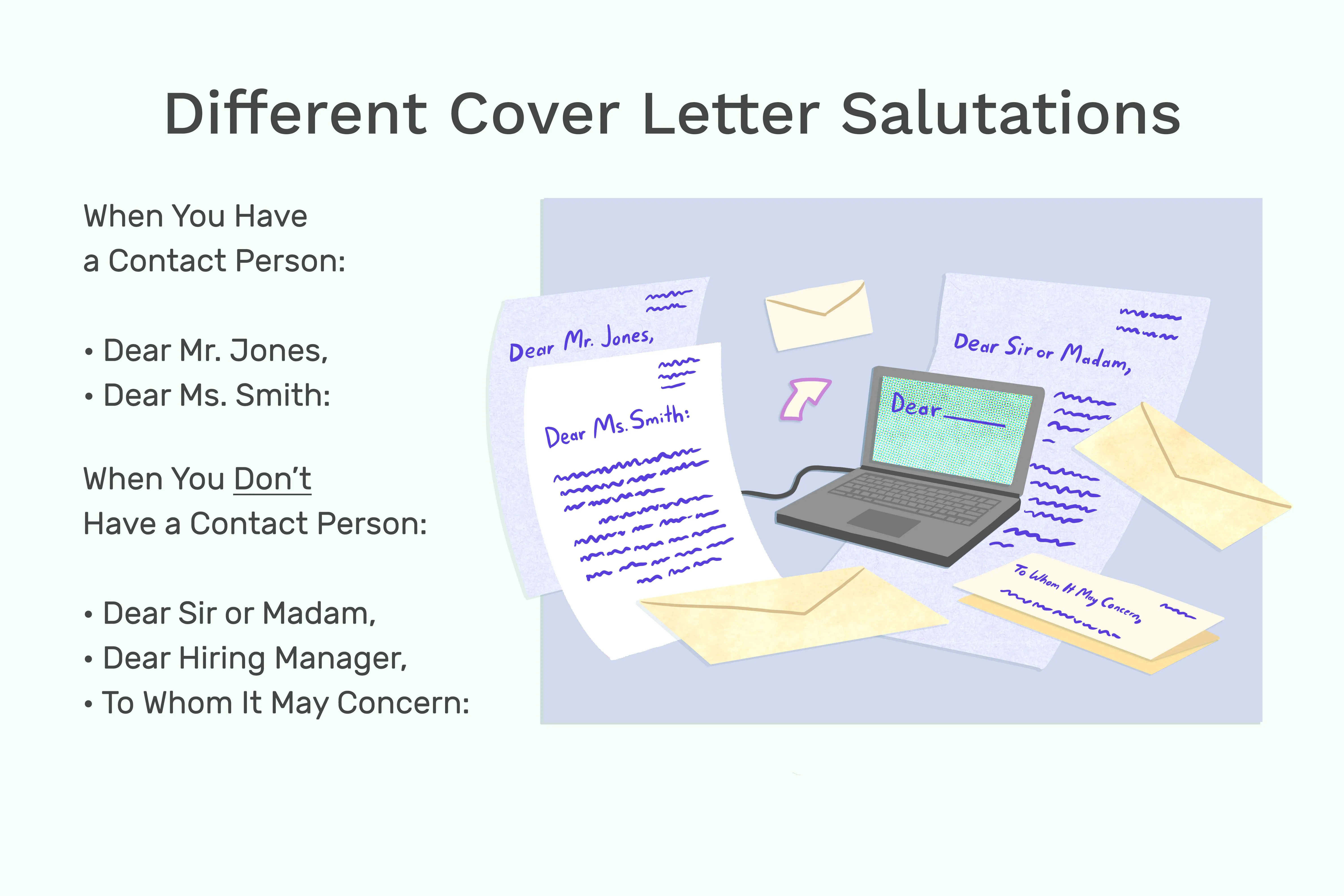
If you cannot find the hiring manager’s name, using the company name in your greeting can still make your cover letter stand out. This shows that you’ve tailored your letter to the specific company. For example, you could start with ‘Dear [Company Name] Hiring Team’ or ‘Dear [Company Name] Team’. This approach demonstrates your interest and shows that you’ve done your research, even if you don’t know the individual’s name. It is particularly effective when the company has a well-defined culture or a strong brand identity.
When to Use ‘Dear Hiring Manager’
‘Dear Hiring Manager’ is a safe fallback option when you cannot find a specific name. However, it’s essential to consider if a more personalized greeting is possible. This greeting is better than a completely generic option like ‘To Whom It May Concern’. When using this greeting, make sure the rest of your cover letter is compelling and highlights why you’re a great fit for the role. Always try to personalize the letter beyond the greeting to make a strong impression. If you cannot find a name, you can use other methods to personalize the cover letter, such as mentioning a specific project or company value.
When to Avoid Generic Greetings
While ‘Dear Hiring Manager’ is acceptable, completely generic greetings should be avoided whenever possible. Options like ‘To Whom It May Concern’ or simply starting with the job title are impersonal and suggest you’re not making a specific effort. They can make your application seem like a mass submission, decreasing your chances of getting noticed. If you cannot find a specific name, research the company’s website, LinkedIn profiles, or other sources to find any contact information that allows for a more personalized greeting.
Alternatives to ‘Dear Sir or Madam’
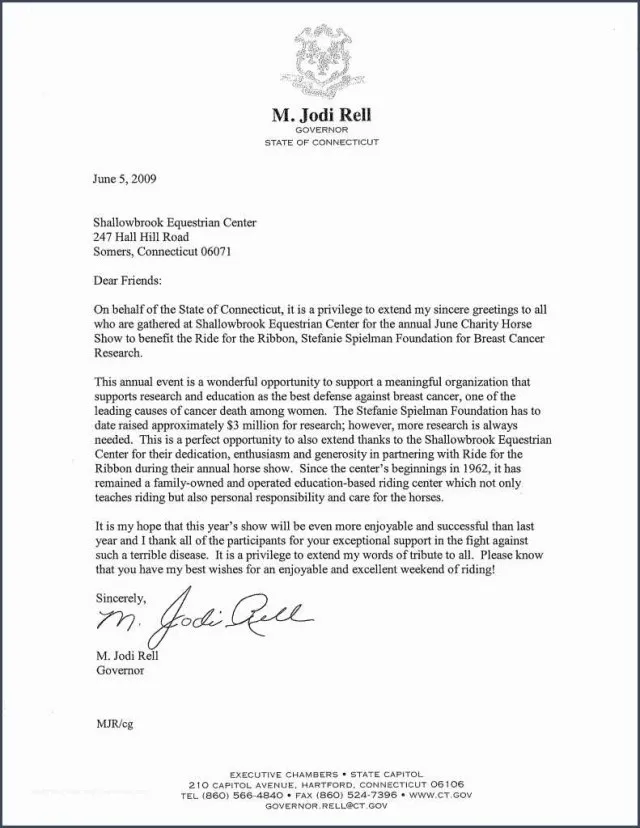
‘Dear Sir or Madam’ is outdated and can seem overly formal. It also assumes the gender of the reader, which is not inclusive. More modern alternatives include ‘Dear Hiring Manager,’ ‘Dear [Company Name] Hiring Team,’ or ‘Dear [Department] Team.’ These alternatives are more professional and inclusive, helping to create a better first impression. Using inclusive and modern language is essential to show that you are aware of current professional communication practices.
Crafting Personalized Greetings
Personalized greetings go beyond simply addressing the hiring manager by name. They demonstrate that you’ve taken extra steps to research the company and the role. Adding a sentence that refers to a specific project, recent news, or company value can further personalize your greeting. This level of detail shows genuine interest and a proactive approach. It makes your cover letter more memorable and can significantly increase your chances of getting an interview. Personalization sets you apart from other applicants.
Researching the Hiring Manager
Before writing your cover letter, conduct thorough research on the hiring manager. Use LinkedIn, the company website, and any other available resources. Look for information about their role, experience, and interests. The more you know about the hiring manager, the more effectively you can tailor your greeting. Understanding the hiring manager’s background allows you to align your greeting with their professional interests and preferred communication style, which can help you make a positive first impression. This research can provide valuable insights.
Using LinkedIn to Find Names
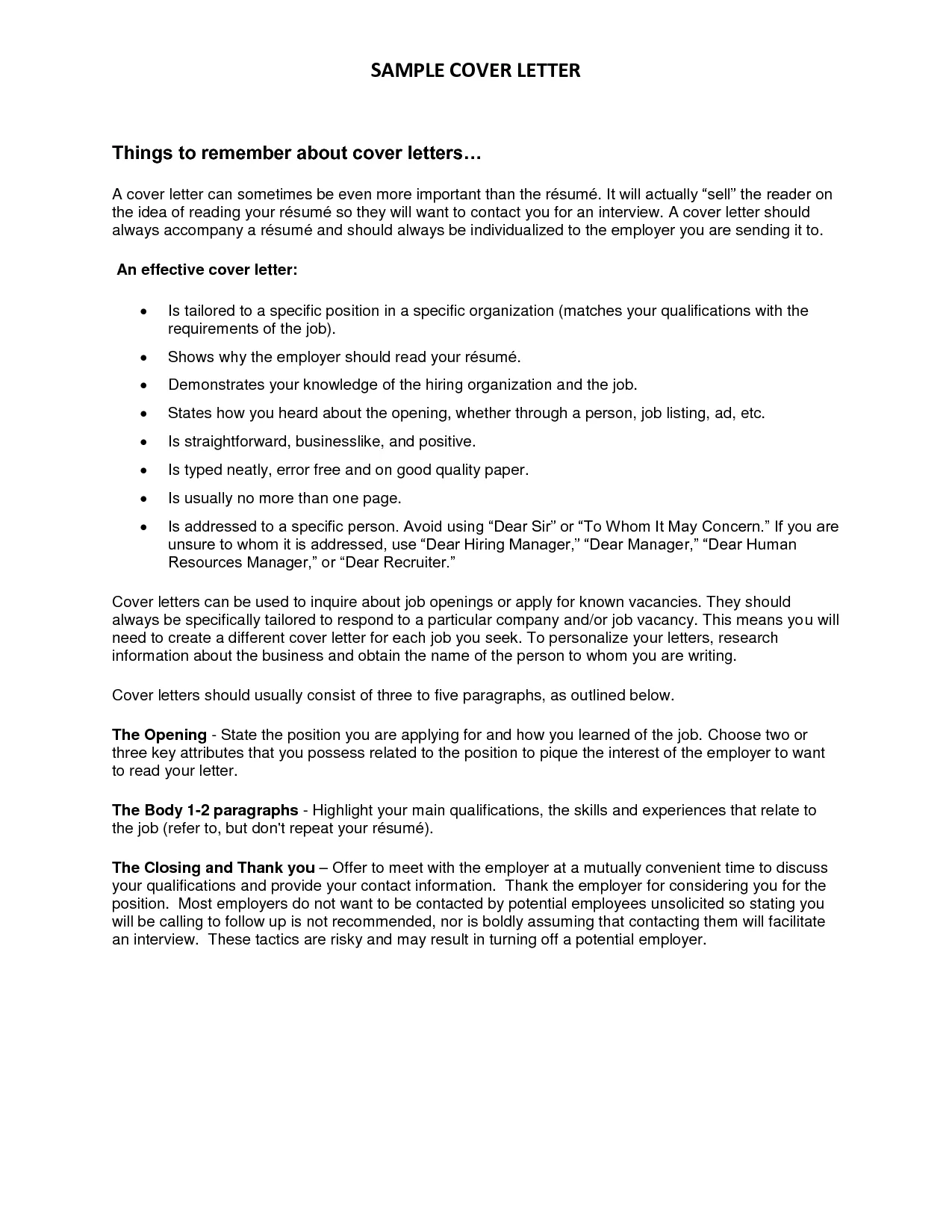
LinkedIn is an excellent resource for finding the hiring manager’s name and title. Search for the company, then navigate to the ‘People’ section to identify individuals in the hiring department or relevant roles. If you find someone, carefully check their title and the company website to ensure accuracy. Once you have the name, you can address your cover letter directly to that individual. This approach demonstrates that you are proactive and pays attention to detail. Always verify the information before including it in your greeting.
Formatting Your Cover Letter Greeting
Formatting your cover letter greeting is crucial for maintaining a professional appearance. Correct formatting reflects your attention to detail and respect for the reader. Proper formatting enhances readability and ensures your letter is easy to review. Minor errors in formatting can distract the hiring manager from the substance of your letter. A well-formatted cover letter communicates that you take your application seriously. Following these practices is a sign of professionalism.
Greeting Placement and Style
The greeting should be the first item in your cover letter, appearing above the body of the letter. Use a professional font, such as Times New Roman, Arial, or Calibri, and maintain a consistent font size (typically 10-12 points). The greeting should align with the left margin and be followed by a single line break. Ensure the spacing is correct and that your letter is visually appealing, making it easy for the reader to scan. Consistent formatting throughout your letter enhances its overall professionalism. Always proofread for errors.
Greeting Best Practices
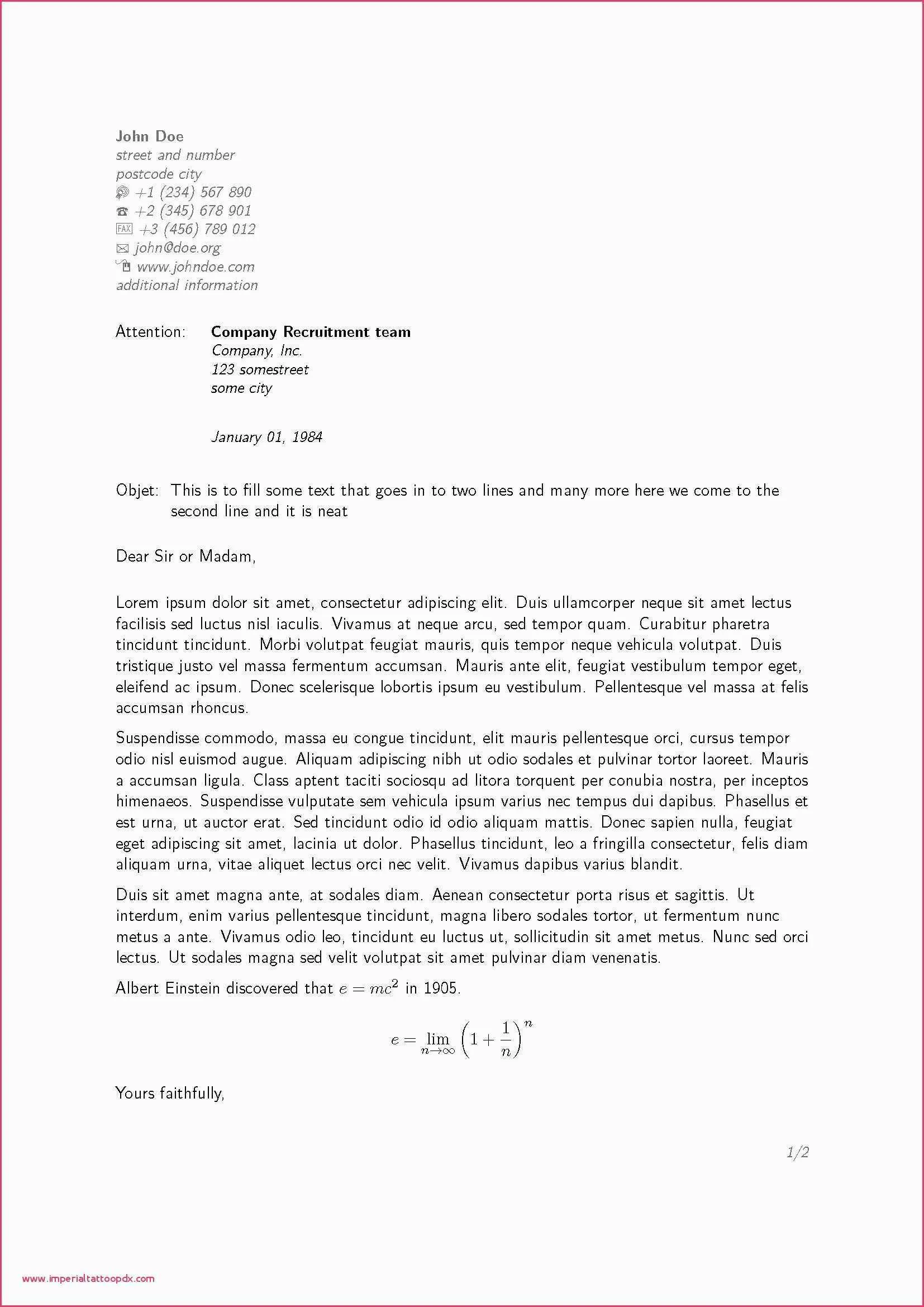
Follow these best practices to ensure your cover letter greeting makes a positive impression. Accuracy, professionalism, and personalization are the keys. These practices help create a polished and professional presentation. These suggestions make your application stand out.
Cover Letter Greeting Mistakes to Avoid
Several common mistakes can undermine the effectiveness of your cover letter greeting. Being aware of these pitfalls is critical for making a strong first impression. Avoiding these errors ensures your cover letter conveys professionalism and respect. Correcting mistakes makes your cover letter more effective.
Ignoring the Hiring Manager’s Name
If you can find the hiring manager’s name, always use it. Failing to personalize your greeting when the information is available demonstrates a lack of attention to detail. When you ignore the hiring manager’s name, it can create the impression that you are not truly interested in the position or that you did not take the time to prepare your application. Therefore, making the effort to find this information shows that you are invested in the process and care about making a good impression.
Using Outdated Greetings
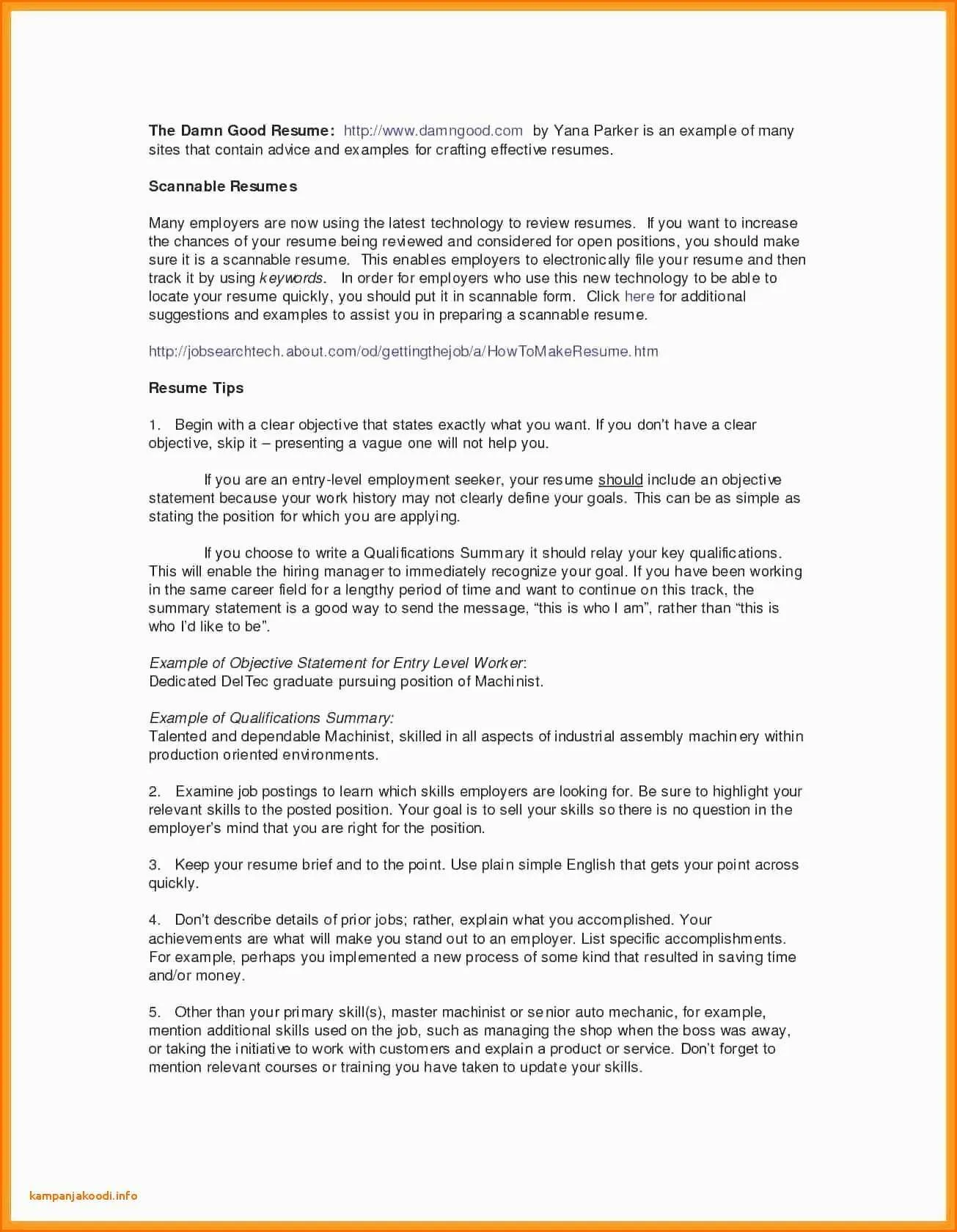
Avoid using outdated or overly formal greetings such as ‘To Whom It May Concern’ or ‘Dear Sir or Madam’. These greetings are impersonal and can give the impression that your application is not tailored to the specific role. In today’s professional landscape, these greetings are seen as less respectful than more contemporary alternatives. By using more appropriate greetings, you demonstrate that you are aware of current business communication practices, helping you make a better impression.
Misspelling Names
Misspelling the hiring manager’s name is a significant error, as it shows a lack of attention to detail and respect. Double-check the spelling of the name on LinkedIn or the company website. Always proofread your cover letter before submitting your application. A misspelled name immediately signals that you are not careful and that you do not take the time to ensure accuracy. This mistake creates a negative first impression, reducing your chances of getting a positive response.
Cover Letter Greeting Examples
Here are examples of cover letter greetings for different scenarios. Tailor your greeting to the specific situation, based on the information available. These examples provide a foundation to create your greeting. Adapt these to best fit your needs.
Greeting Example for a Known Hiring Manager
Dear Ms. Smith, or Dear Mr. Johnson, are the best choices. When you know the name, using the correct title (Ms., Mr., Mx.) and last name is essential. Always spell the name correctly. This immediately shows respect and indicates that you’ve done your research. Following this format sets a professional tone.
Greeting Example for an Unknown Hiring Manager
If you do not know the hiring manager’s name, you can write “Dear Hiring Manager” or “Dear [Company Name] Team.” These options are a suitable alternative to generic greetings. Always ensure the rest of your cover letter reflects your qualifications and interest in the role. Personalize your letter with relevant information and tailor it to the specific job description. This approach suggests you are prepared and dedicated.
Greeting Example when the Company is Known
When the company’s name is known, but the hiring manager’s name is not, you could write: ‘Dear [Company Name] Hiring Team’. This shows you’ve researched the company and care about the role. This also demonstrates that you have taken the time to tailor your application to a specific organization. Always consider tailoring your greeting.
Greeting Example when the Company is Unknown
When both the company and hiring manager are unknown, use ‘Dear Hiring Manager’. While less personal, it’s still more professional than generic options. Ensure the rest of your cover letter highlights your skills and suitability for the position. Review the job description carefully and tailor your application accordingly. Ensure your experience and qualifications align well with the role.
